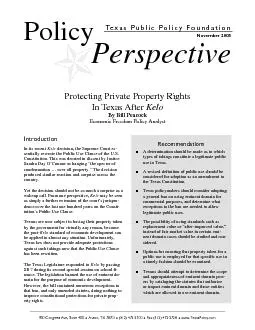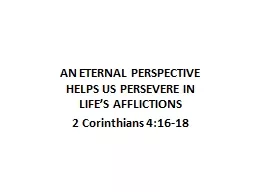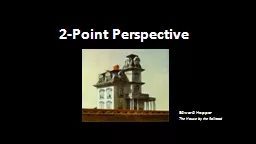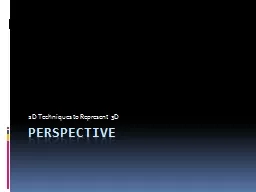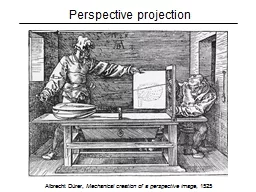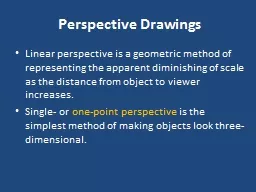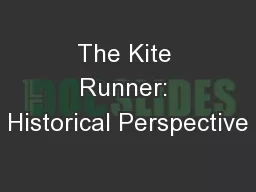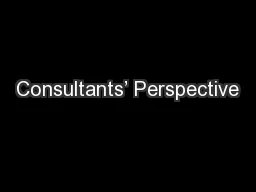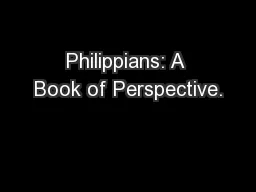PDF-Perspective Policy
Author : walsh | Published Date : 2021-06-29
Texas Public Policy Foundation November 2005 In Texas After By Bill Peacock Economic Freedom Policy Analyst Introduction In its recent decision the Supreme Court
Presentation Embed Code
Download Presentation
Download Presentation The PPT/PDF document "Perspective Policy" is the property of its rightful owner. Permission is granted to download and print the materials on this website for personal, non-commercial use only, and to display it on your personal computer provided you do not modify the materials and that you retain all copyright notices contained in the materials. By downloading content from our website, you accept the terms of this agreement.
Perspective Policy: Transcript
Download Rules Of Document
"Perspective Policy"The content belongs to its owner. You may download and print it for personal use, without modification, and keep all copyright notices. By downloading, you agree to these terms.
Related Documents

